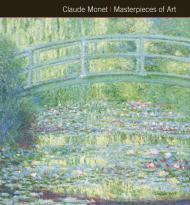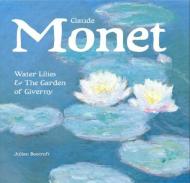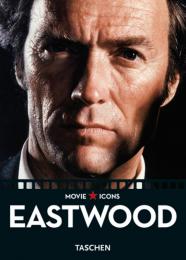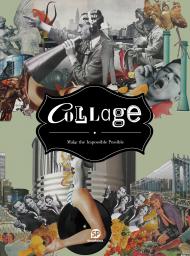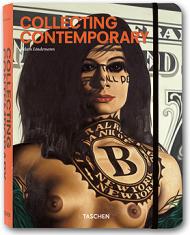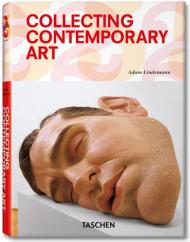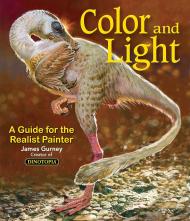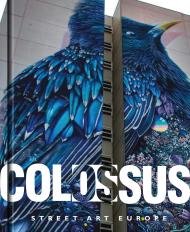1270 illustrations, most in full color
Updated every two years, Classic Wristwatches deals solely with vintage watches, that is, watches no longer in current production. This easy-to-use guide fully describes and illustrates each timepiece featured, as well as providing an estimated price carefully calculated by experts in the field. Including record prices at auction, this book supplies all the information that a collector needs to know about a vintage watch and its approximate current value, such as details on the movement, case, and special characteristics of the piece. A symbol also denotes whether the authors believe the value of the watch will increase, decrease, or remain the same. In addition to collectible vintage watches, the coverage in Classic Wristwatches includes important historical models by Rolex and Patek Philippe and such rare brands as Record and Enicar.
Featured Manufacturers: Angelus, Audemars Piguet, Baume & Mercier, Breitling, Cartier, Certina, Chronoswiss, Cyma, Doxa, Eberhard & Co., Enicar, Eterna, Excelsior Park, Fortis, Gigandet, Girard-Perregaux, Glashütte, Hamilton, Hanhart, Heuer, IWC, Jaeger-LeCoultre, Junghans, A. Lange & Söhne, LeCoultre, Lémania, Leonidas, Longines, Mido, Movado, Ulysse Nardin, Nivada, Officine Panerai, Patek Philippe, Piaget, Pierce, Record, Rolex, Tissot, Tudor, Universal Gené, Vacheron Constantin, Vulcain, Wakmann, Zenith
Stefan Muser has been the owner of the renowned auction house Dr. Crott in Mannheim, Germany, since 1993. He is regarded as one of the most knowledgeable auctioneers in Europe. Michael Ph. Horlbeck is a collector and journalist who writes a collecting column for the German magazine Armbanduhren. Horlbeck is also author of a book on mechanical alarm wristwatches.
Издательства
- Rizzoli (257)
- Thames & Hudson (208)
- Prestel (106)
- Abrams (87)
- Phaidon (63)
- 3DTotal Publishing (61)
- Taschen (59)
- PIE Books (45)
- Hatje Cantz (44)
- Laurence King Publishing (41)


